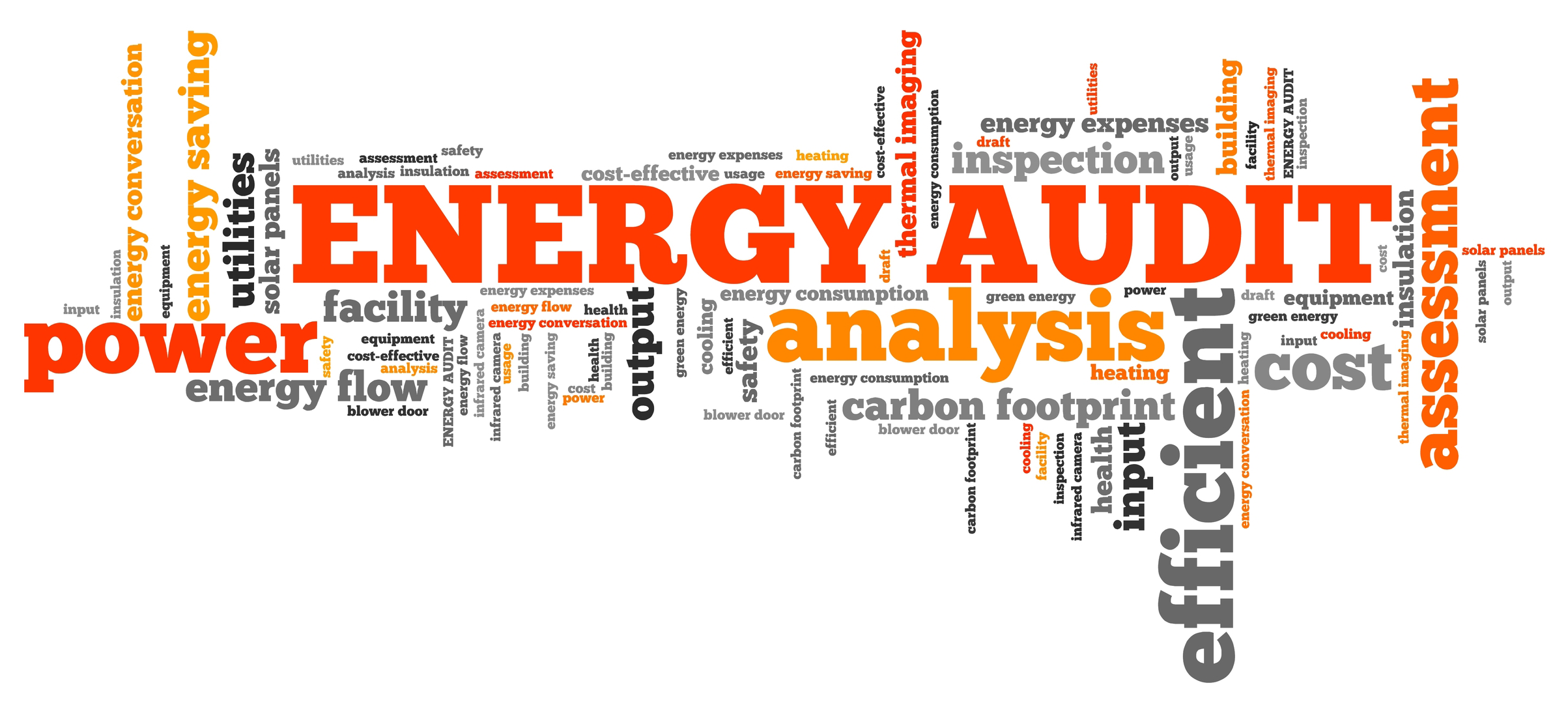
An energy audit is a systematic process of inspecting, surveying, and analyzing energy flows within a building, process, or system. The primary goal is to identify opportunities for improving energy efficiency, which can lead to reduced energy costs and a lower environmental impact.
Determine Energy Consumption: Understand how and where energy is being used.
Identify Waste: Pinpoint areas where energy is being wasted or used inefficiently.
Recommend Solutions: Provide a list of energy conservation measures (ECMs) or energy conservation opportunities (ECOs).
Assess Feasibility: Evaluate the cost-effectiveness and potential savings of the recommended improvements.
Create a Plan: Develop a plan of action for implementing the recommended changes.
Energy audits can range in complexity depending on the scope of the project and the level of detail required. The most common types include:
Walk-through Audit (Level 1): A preliminary, quick assessment of a facility to identify simple, low-cost improvements. It involves a visual inspection and analysis of utility bills to pinpoint major problem areas.
Targeted Audit: A more focused audit that concentrates on a specific system or area, such as a heating, ventilation, and air conditioning (HVAC) system or a single manufacturing process.
Detailed/Comprehensive Audit (Level 2 or 3): A thorough analysis that includes a detailed study of a building's energy usage, equipment, and operating schedules. It often involves using specialized tools like blower doors and infrared cameras to detect air leaks and insulation problems. This type of audit provides a comprehensive report with detailed cost-benefit analysis.
While the specific steps may vary, a typical energy audit follows a general process:
Pre-Audit Phase:
Data Collection: Gather historical energy consumption data (utility bills for at least 12 months) and information about the building's characteristics and operations.
Interview: Talk to the building occupants or managers to understand energy usage patterns and identify existing problems.
Audit Phase (On-site Inspection):
Walk-through: A professional auditor will conduct a room-by-room or area-by-area inspection of the facility.
Testing: Use specialized equipment to perform tests, such as:
Blower Door Test: Measures a building's airtightness and helps locate air leaks.
Infrared Camera (Thermographic Scan): Identifies areas of heat loss in walls, ceilings, and windows.
Other tools: Moisture meters, light meters, and carbon monoxide detectors.
Post-Audit Phase:
Data Analysis: Analyze the collected data to pinpoint areas of inefficiency and calculate potential savings.
Report Generation: Create a comprehensive report that includes:
A summary of findings.
Detailed discussion of energy-saving opportunities.
Cost estimates for each recommendation.
Estimated energy and cost savings.
Payback periods for investments.
A recommended action plan.
While a professional audit provides the most accurate and detailed analysis, a simple DIY energy audit can be a great first step.
DIY Audit: You can perform a self-assessment by looking for air leaks around windows and doors, checking insulation levels, and evaluating your lighting and appliance usage. This can help you identify easy, low-cost fixes.
Professional Audit: A professional auditor has the expertise and equipment to perform a thorough analysis, uncover hidden problems, and provide a detailed, data-driven report. Many utilities or government programs offer incentives for professional energy audits.